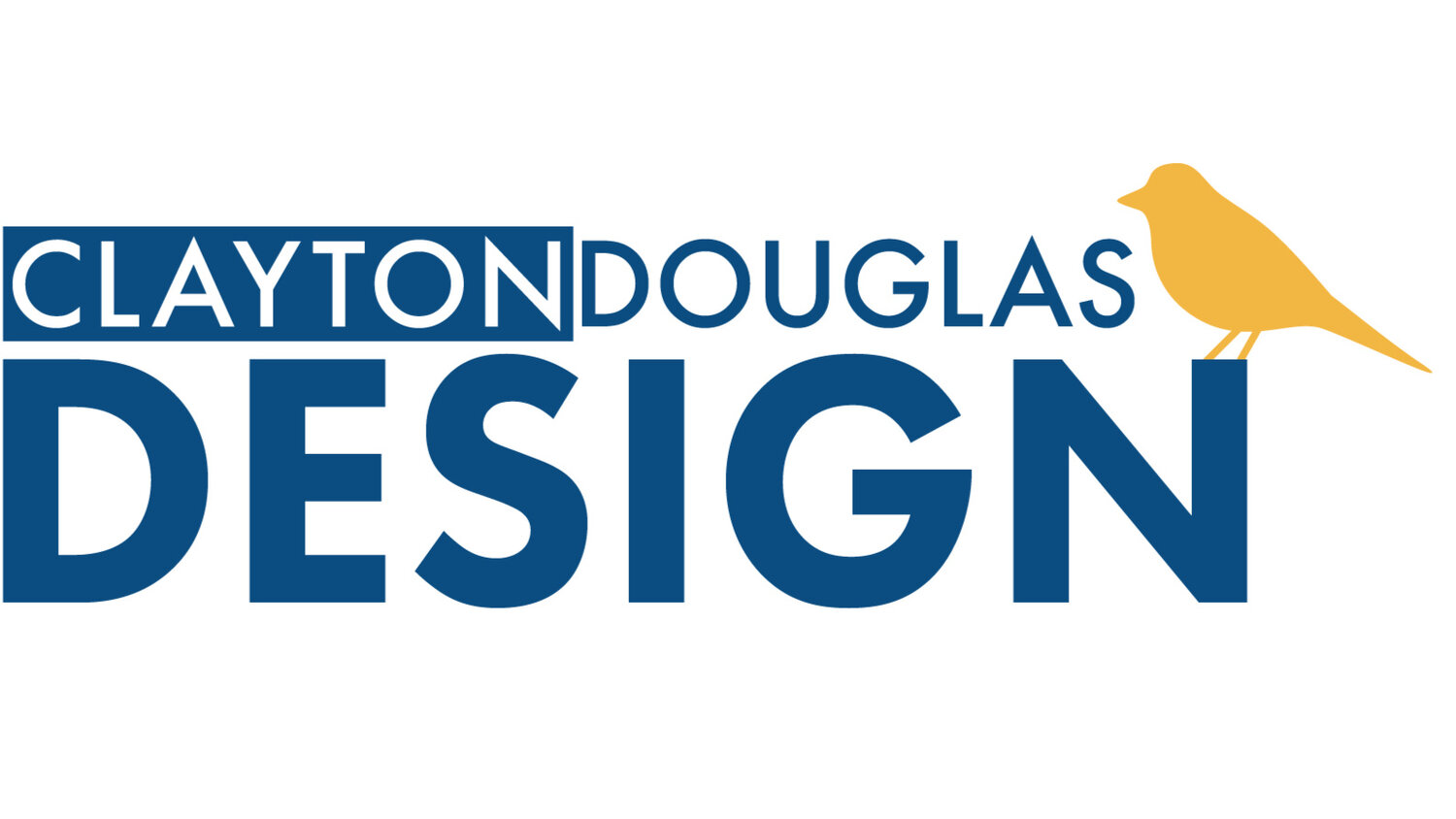Design Tips: Color Part 1– What do your colors say about your brand?
Color is absolutely essential to branding. Your brand’s colors convey the values it possesses. I can’t possibly cover everything about color in one post, so I’m going to break this up. Buckle up for Post #1!
Most of the time kids learn colors and how colors mix at a very young age. It’s a great place to start and so we’re also going to start there - the basics.
For review (in case you forgot preschool already), there are three primary colors in traditional color theory - Red, Blue, and Yellow (yes there are other color theories that apply to the way light is displayed on screens <RGB> and even in the colors printers use <CMYK> we may address those later). When those colors are mixed directly you get three secondary colors - Green, Orange, Violet. All this is to say we’re going to start with a basic fundamental set of primary and secondary colors and see what they can say about your brand.
Please note: Colors have different meanings for different cultures. I’m primarily discussing color from a western point of view so what is written below may not apply in all cases.
Red
Bold, Attention Grabbing, Aggressive, Important
Red grabs people's attention. That’s why it’s the chosen color for stop signs. It is bold and will immediately draw one's eye. In terms of branding, I’d recommend it more as a secondary or accent color. But several brands have used it effectively ie. Target
Blue
Calm, Professional, Trustworthy
Though the ocean itself can be incredibly tumultuous, blue generally reminds people of water and calmness. That feeling of calms is what helps it to feel trustworthy and dependable. Blue is a very common branding color and is a great choice. Anthem Blue Cross, Intel, and Chase Bank a just a few of the many.
Yellow
Happy, Exciting, Confident
One of the brightest colors, yellow exudes optimism. It is cheerful and exciting. Like red, it is often better as an accent or secondary color. Yellow can be overstimulating so use it wisely. Most brands will combine it with another color. Some examples are Ikea, MacDonalds, and Walmart.
Green
Natural, Peaceful, Prosperity
The color of money and forests. Thankfully, most people don’t automatically attribute green with money. Most of the time it is thought of as peaceful and natural. Many brands that are wanting to convey that they care for the environment and follow earth-friendly practices will utilize green.
Orange
Optimistic, Adventurous, Inviting
Orange is warm yet also bright. It can be very eye-catching and when used appropriately quite inviting. It conveys a sense of adventure. Orange is one of the most appetizing colors.
Violet
Dignity, Luxury, Mysterious
Violet is the color of royalty. It lies halfway between the energy of red and the peace of blue. Because it is a secondary color, it can be seen as somewhat rebellious. Quite frankly, I don't like violet and I don't think it's a great brand color. For some decent examples, see Cadburry, Taco Bell, Hallmark, and Twitch.
You can’t choose a bad color,
but you can choose the wrong color.
There is no bad color for a logo. It all depends on what message you are wanting to convey to your clients. If you need help choosing the perfect color or colors for your brand, let me know! I'd love to discuss some options.







